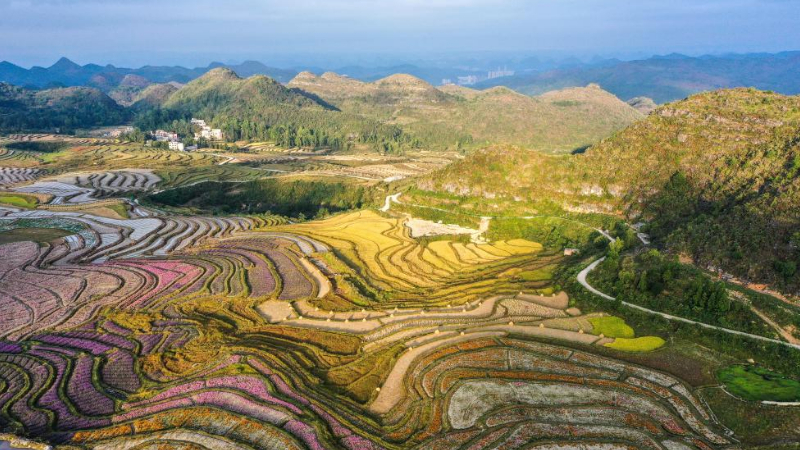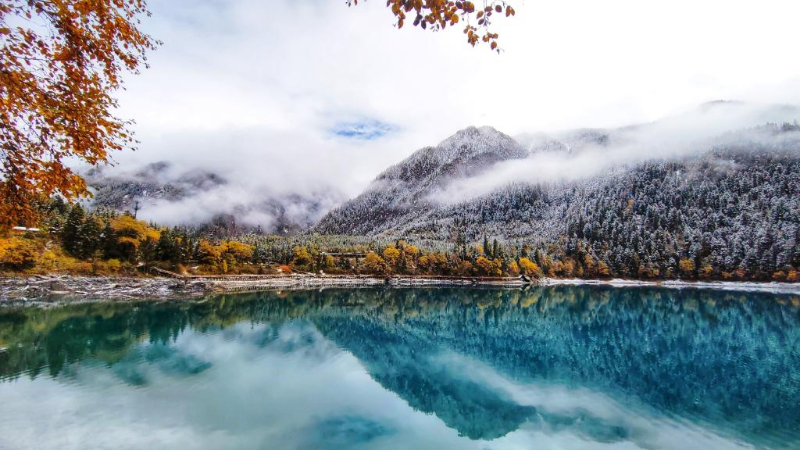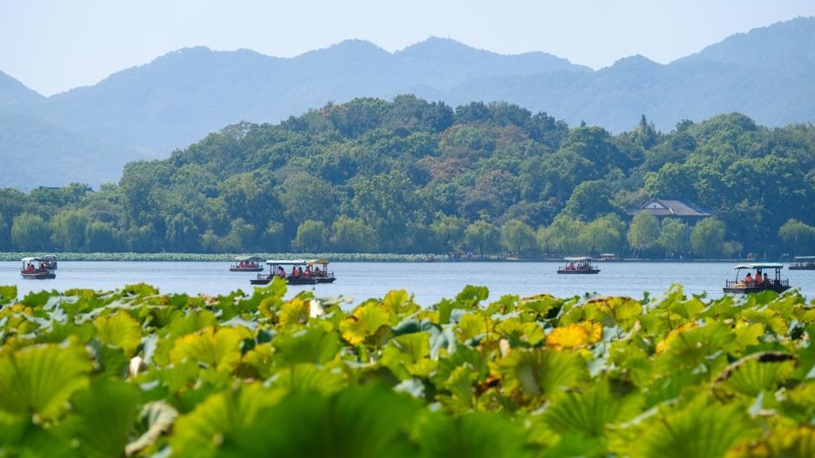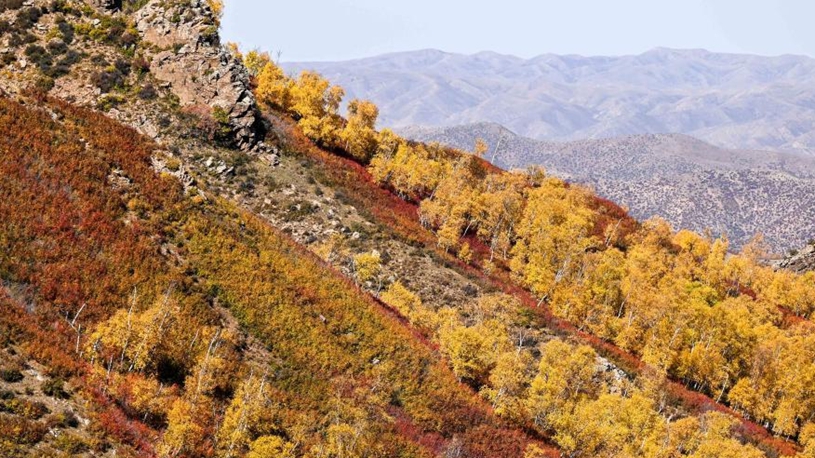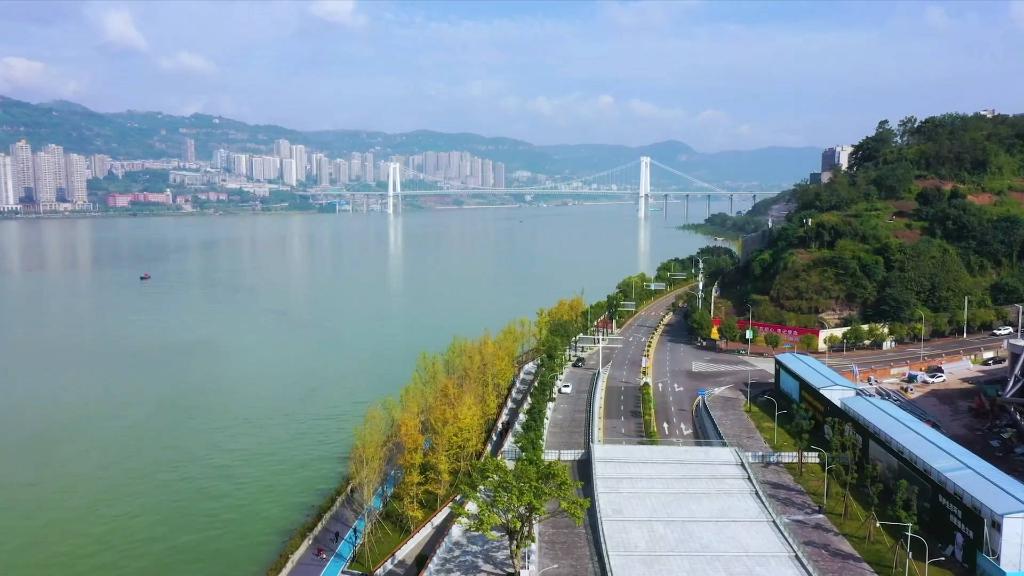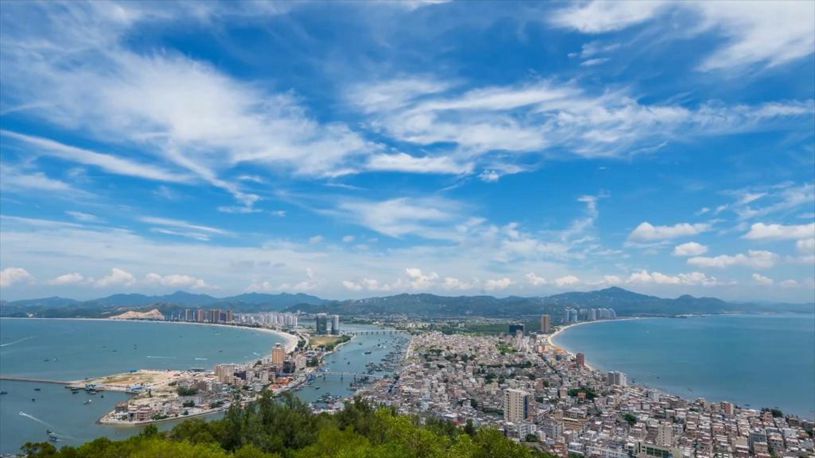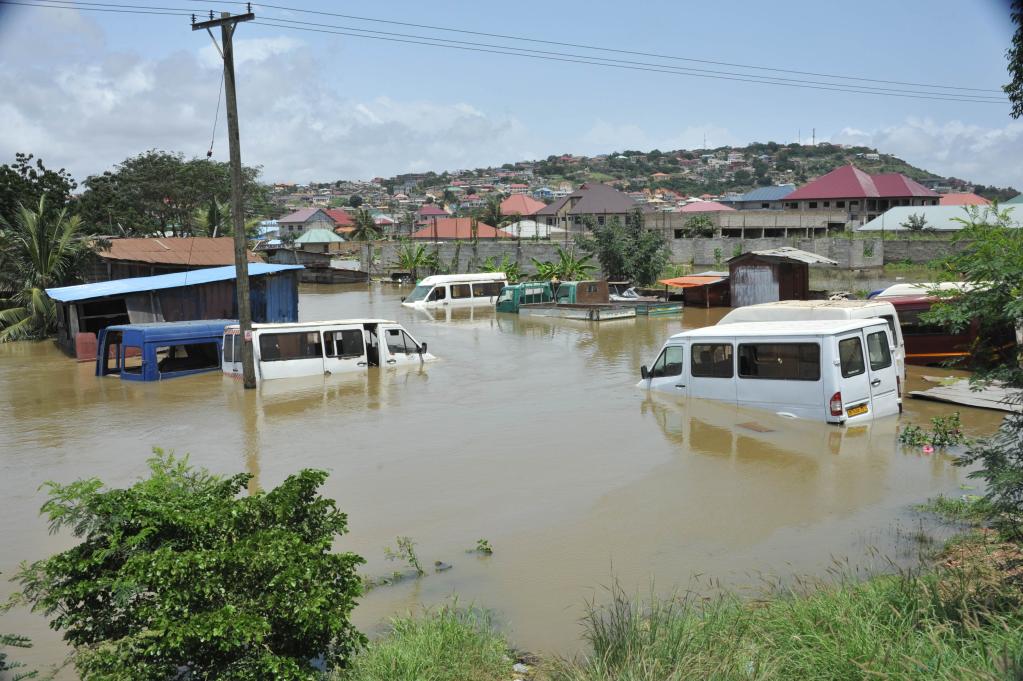
Vehicles are seen trapped in a flooded area in Accra, Ghana, on Oct. 5, 2022. (Photo by Seth/Xinhua)
Thousands of residents of the southwestern part of Accra, the Ghanaian capital, have been displaced due to the spillage of the Weija Dam which serves as the source of potable water for more than half of the 5.4 million population of the national capital.
ACCRA, Oct. 7 (Xinhua) -- Thousands of residents of the southwestern part of Accra, the Ghanaian capital, have been displaced due to the spillage of the Weija Dam.
The spillage of the dam was caused by excess water following torrential rains over the weekend, which contributed to the water level behind the dam rising above the maximum level. The dam built on the Densu River is the source of potable water for more than half of the 5.4 million population of the national capital.
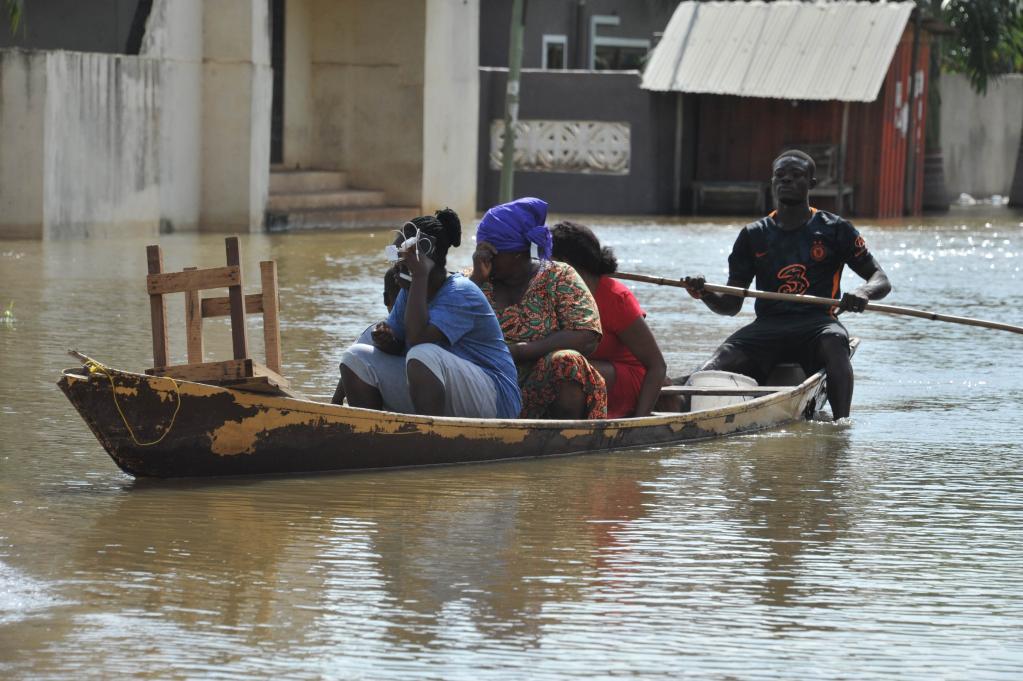
People travel in a canoe in a flooded area in Accra, Ghana, on Oct. 5, 2022. (Photo by Seth/Xinhua)
Stanley Martey, communications manager for the Ghana Water Company Limited (GWCL), the operator of the dam, said the spillage was necessary as the water behind the dam had exceeded its maximum holding capacity.
"We informed the communities days ahead of the spillage, but many did not heed the warning," Martey told Xinhua in an interview over the telephone.
There were no reported deaths yet, but thousands of residents were displaced and their properties destroyed.
"My house is flooded with the water at my waist level now. We prepare food for sale, and all our four fridges are floating. Four of my employees have left because they fear for their lives, and I understand them. It is that bad," said Philip Owusu-Afriyie, an entrepreneur. "Most people have left the area, but this is where I have resided for a decade, so I can't leave. I have to stay, and I don't know if any help will come."
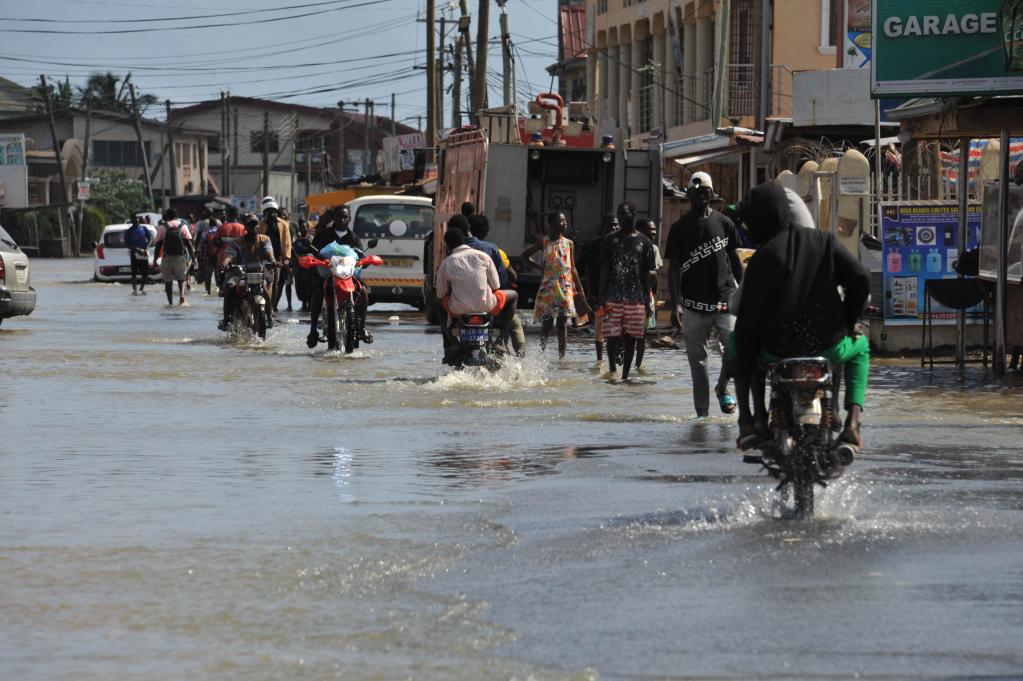
People wade through a flooded street in Accra, Ghana, on Oct. 5, 2022. (Photo by Seth/Xinhua)
Power was cut off in the communities as electricity transformers were inundated by flood waters. Water supply lines were also not working, creating the possibility of sanitation-related infections should the situation persist.
Many of the residents were trapped by the flood, and some residents marooned in tall buildings could not receive or make phone calls as their cell phones had gone off due to the power outage.
Meanwhile, the National Disaster Management Organization (NADMO), together with the Marine Police Unit, Ghana Navy, 48 Engineers Regiment, Ghana National Fire Service, and the Ghana Ambulance Service, has embarked on search and rescue operations response to distress calls.
"This situation is different. It is worse than we have ever experienced, so people in areas which were usually not affected are affected this time," Richard Amo Yartey, director of Inspectorate at NADMO, told Xinhua after a day's patrol in the flooded communities. "The Electricity Company of Ghana had to put out the lights in these communities so there will be no electrocutions as we wade through the waters to save lives."
"This is not the normal raining season that we all know. We are talking about climate change, global warming, and the rains came at a time nobody was expecting it and the inflow into the dam is high. Without the spillage, the dam could burst, with dire consequences to those downstream," he added.
After NADMO had opened up the estuary to allow the flood waters to flow into the sea, Yartey was confident that the situation would improve.
The Weija Dam was built in 1977 to meet the potable water needs in Accra. Residential communities, however, have sprung up downstream of the Densu River, and whenever the GWCL spills excess water for the safety of the dam, it will create catastrophes. ■

